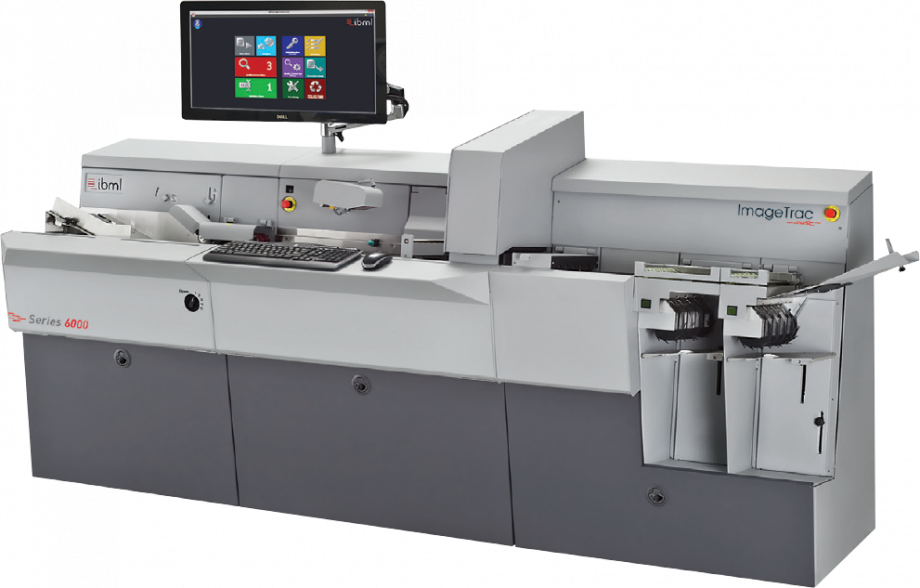Team Members
Jimmy Zhang
Veerendra Balchan
Hsin Jui Yeh
Anthony Pericolo
Supervisors
Jack Mottley PhD ECE, Dan Phinney ECE
Customers
Pete Rudak IBML, Robert Babanats IMBL
Problem Description
Industrial, high speed document scanners are often prone to jams, which are costly both financially and time wise. Our projects uses intelligent recognition algorithms to automatically detect and stop jams in real time. For our project, we are using an high speed document scanner provided by IMBL.

The scanner is designed for industrial and business applications, and is capable of accurately scanning over 100 feet of paper per minute. As a result jams occur frequently, which pose time and resource costs to the consumer. Our goal is to automatically detect jams and pause the scanner.
Solutions
Our proposed solution is a multi-step process. First, real time data is collected through sensors from the running scanner, and is fed into an algorithm running on custom hardware, which ensures higher performance and lower energy costs. The algorithm, which has been calibrated to the specific printer, searches for specific triggers. Upon detecting these triggers, the algorithm immediately outputs a signal which is transmitted to the printer, thus stopping the scanning. This entire process occurs in real time, and fast enough to prevent further damage to the paper.
With the limited resources we have due to COVID-19, we are able to detect limited types of abnormal paper trails without problem. However, we cannot do any further testing since the machine became unavailable to us. Because of the patent nature of our project, the method and the exact algorithm cannot be discussed in this presentation.
Patent
The method presented here is an improvement on US 9,217,980 (https://patents.google.com/patent/US9217980B2/en?q=phinney&inventor=daniel&oq=inventor:daniel+phinney).
Consequently, in order to preserve the integrity of our work as we seek IP protection on it, we do not provide full details on our method. Thank you for understanding.
Credits
We would like to thank our project advisors Professor Mottley and Professor Phinney for their continued support throughout the project. We would also like to thank our partners at IMBL for giving us the opportunity to work on this project.
